Last updated on: October 04, 2019 09:56 IST
At a time when millions of people are taking to the streets, joining the wave of global climate strikes and demonstrations spreading around the world, with generations demanding urgent action on the escalating ecological emergency from governments and institutions, the CIWEM Environmental Photographer of the Year contest shows the devastating impact climate change has on humans and wildlife around the world.The Environmental Photographer of the Year award, which is supported by the UN Environment, Arup, and Olympus UK, “exists to inspire change from political leaders, decision makers, and the general public.”
Keep scrolling to see the powerful winning photos from this year's contest.
Sleep Fatigue

A woman sleeps on a dirty riverbank in Dhaka. Photograph: Amdad Hossain/2019 CIWEM Environmental Photographer of the Year
Sweet Dreams
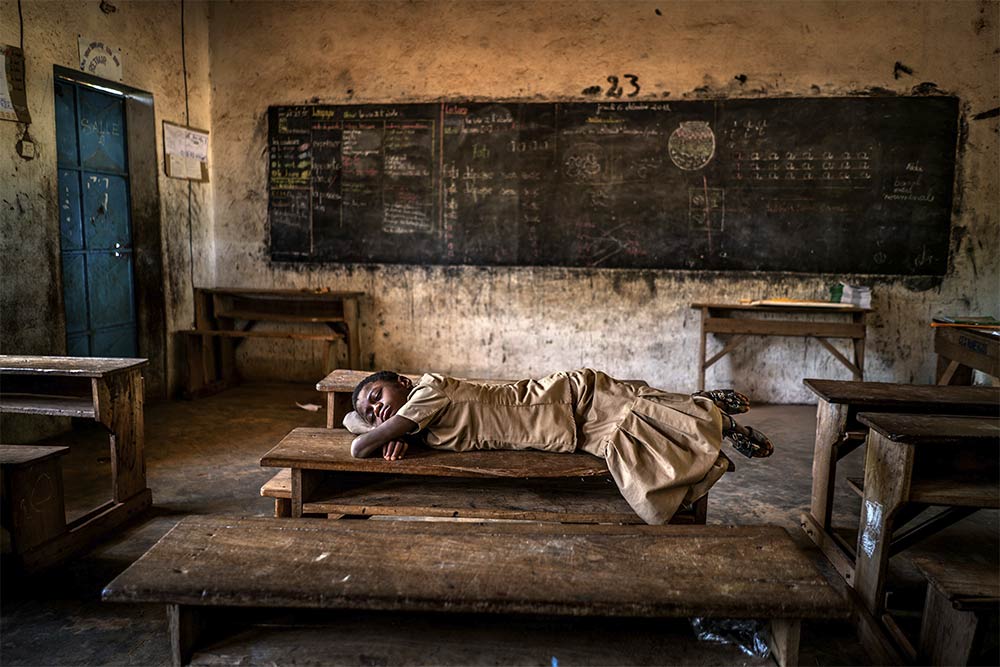
A girl sleeps on an uncomfortable wooden school desk in a grimy classroom in Burkina Faso. Photograph: Antonio Aragon Renuncio/2019 CIWEM Environmental Photographer of the Year
The Plastic Quarry

A boy plays with a plastic bag. About 380m tonnes of plastic is produced worldwide each year. Production increased exponentially from 2.3m tonnes in 1950 to 448m tonnes by 2015. Every day approximately 8m pieces of plastic pollution find their way into our oceans. Photograph: Aragon Renuncio/2019 CIWEM Environmental Photographer of the Year
Polluted New Year

On 1 January 2018 Mexicali was one of the most contaminated cities in the world because of climate change, its geographical location, industry and cars. Photograph: Eliud Gil Samaniego/2019 CIWEM Environmental Photographer of the Year
Water Scarcity

A young boy drinks dirty water due to lack of water points in the area caused by deforestation. Lack of clean water greatly increases the risk of diarrhoeal diseases such as cholera, typhoid fever and dysentery, and other water-borne tropical diseases. Photograph: Dharshie Wissah/2019 CIWEM Environmental Photographer of the Year
Lungs of the Earth
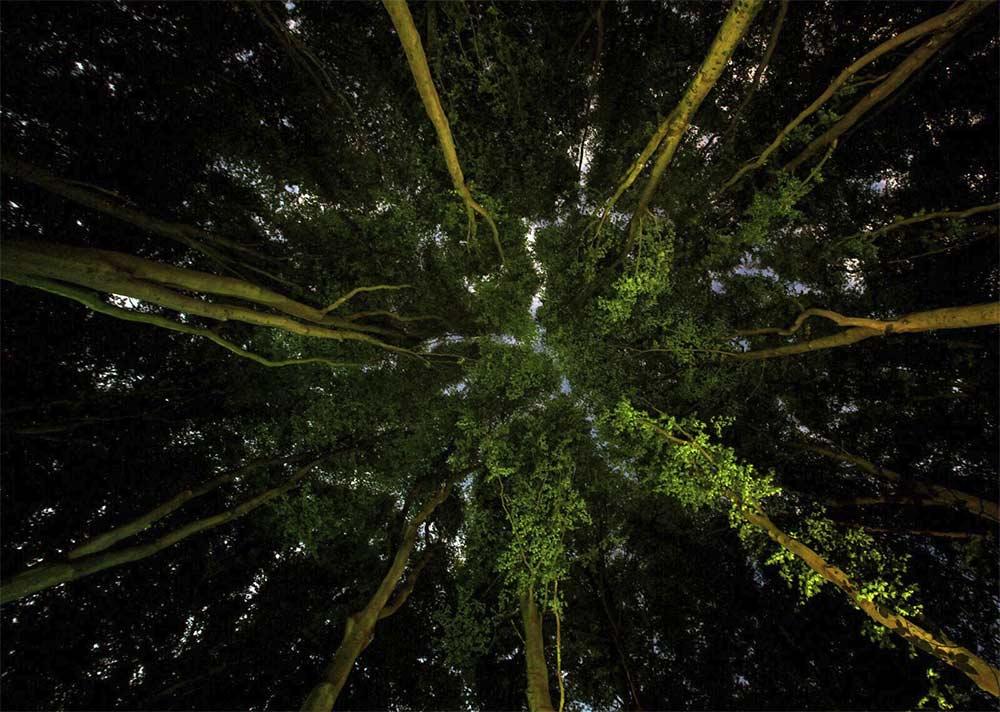
Photographing trees at night with a long shutter speed and four LED spotlights isn’t easy: the tiniest amount of wind will blur the canopy. It took Ian Wade five long nights to capture this image. The final image shows the trees in all their splendour. Photograph: Ian Wade/2019 CIWEM Environmental Photographer of the Year
Remains of the Forest
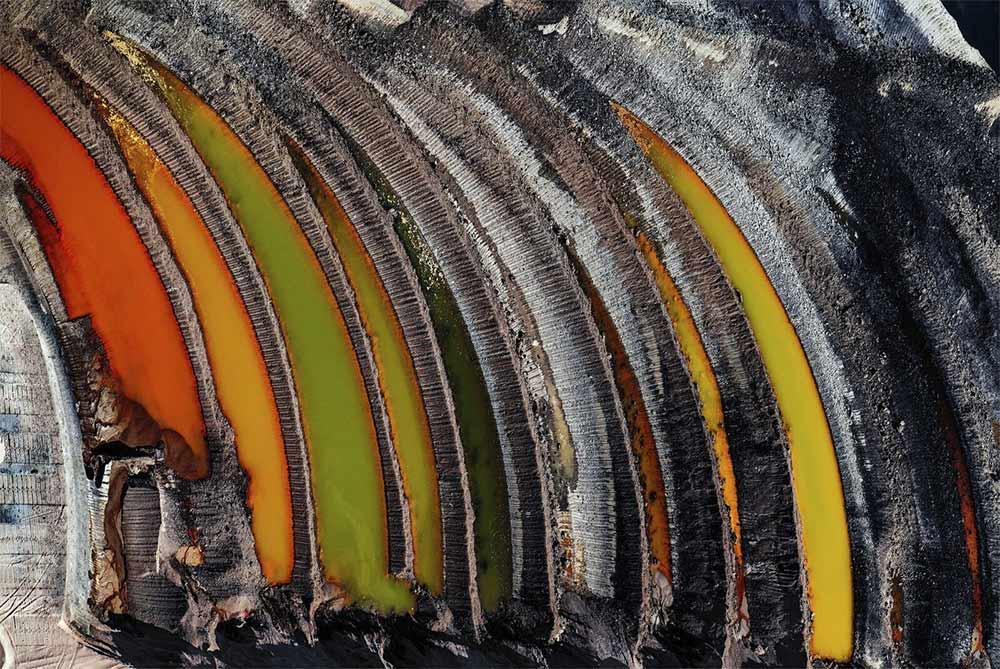
Hambach Forest was nearly 12,000 years old when it was bought by a power company to dig for the brown coal buried underneath. The ancient forest was once the size of Manhattan. Now only 10 per cent of it remains. Photograph: J Henry Fair/2019 CIWEM Environmental Photographer of the Year
Daily Labour
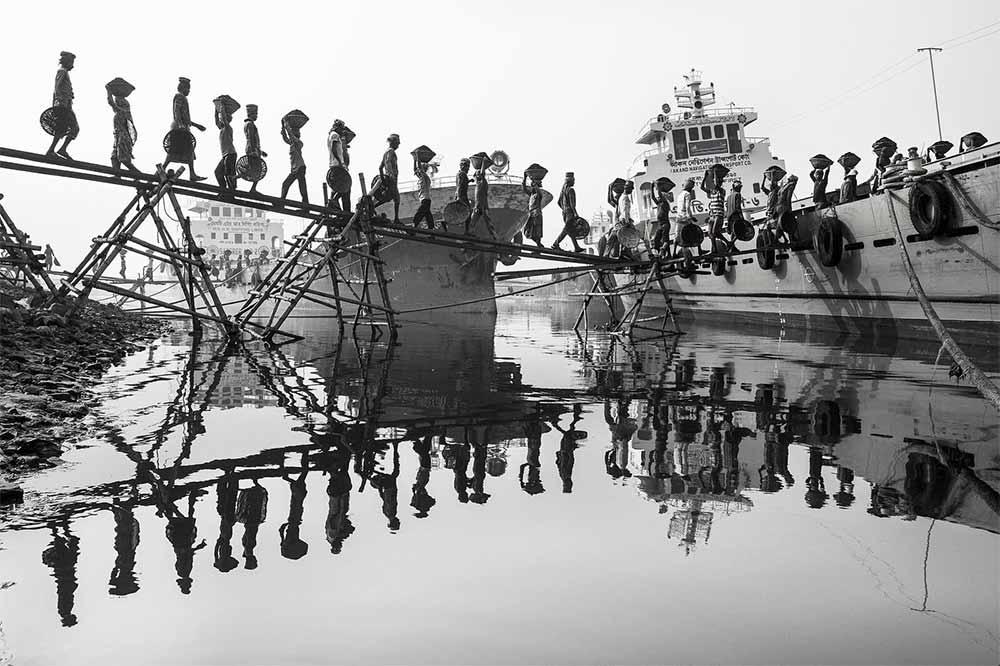
Thousands of poor people come to the capital city, Dhaka, to find work every year. Many are forced to do hard labour such as carrying coal on their heads. Photograph: Yousuf Tushar/2019 CIWEM Environmental Photographer of the Year
Desperate Measures
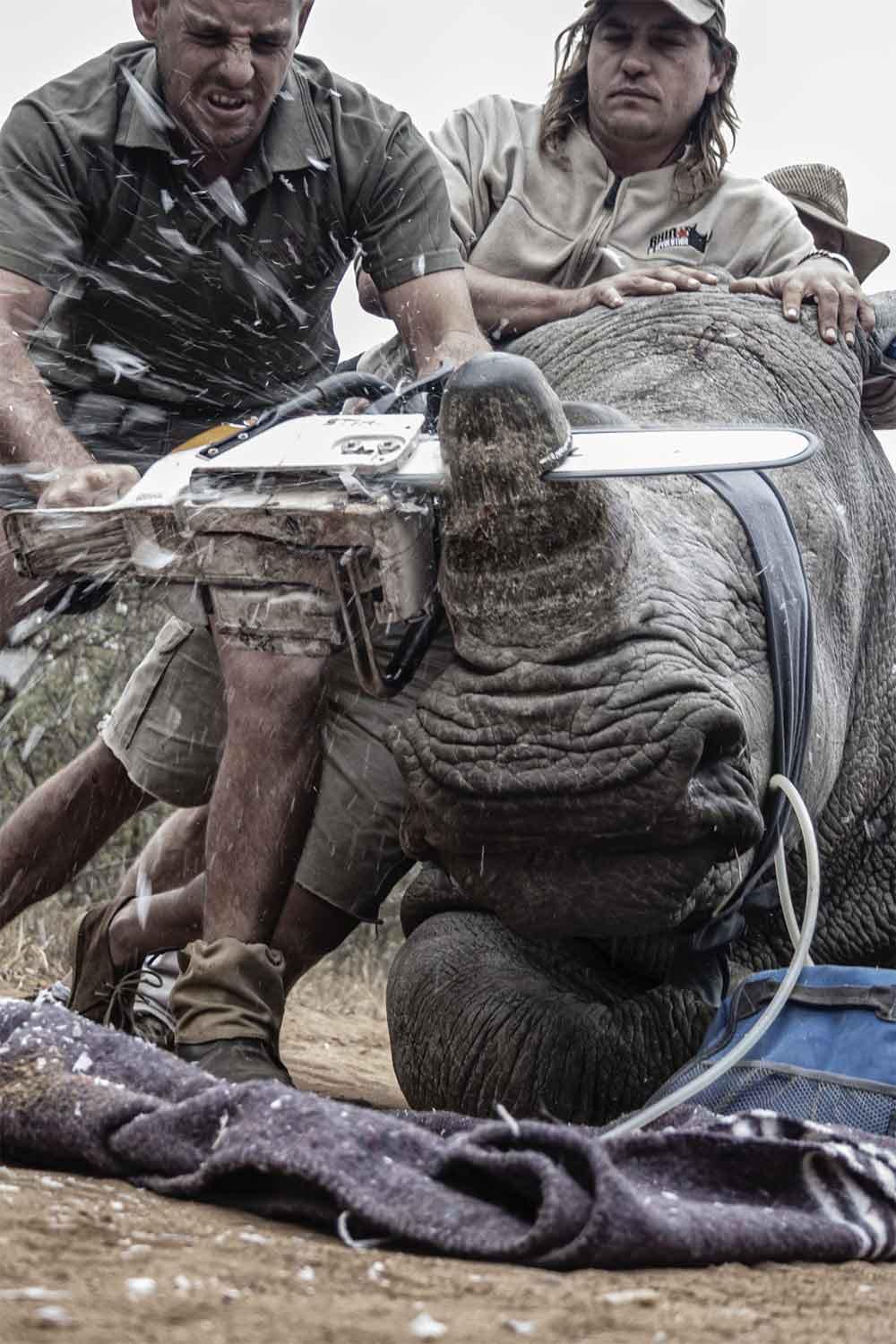
This rhino is being dehorned in an attempt to protect it from being poached. With the current severe level of poaching, experts recommend that rhinos should be dehorned every 12-24 months to effectively deter hunters. Photograph: Neville Ngomane/2019 CIWEM Environmental Photographer of the Year
Tuvalu Beneath the Rising Tide (I)

Fallen trees lie on a beach as the waves from the Funafuti lagoon in Tuvalu lap around them. Land erosion has always been a problem for the South Pacific country but problems are intensifying as sea levels rise. Rising seas are on the verge of completely submerging the tiny archipelago’s islands. Photograph: Sean Gallagher/2019 CIWEM Environmental Photographer of the Year
Trash
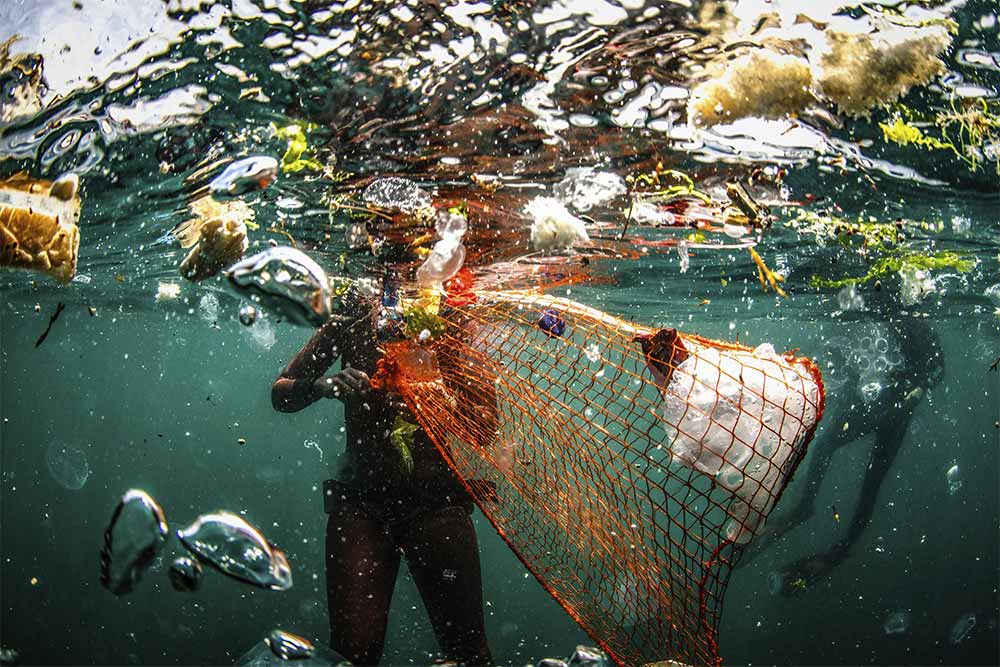
Underwater cleaning in the Bosphorus as part of the Zero Waste Blue project. Photograph: Sebnem Coskun/2019 CIWEM Environmental Photographer of the Year
Hightide Enters Home
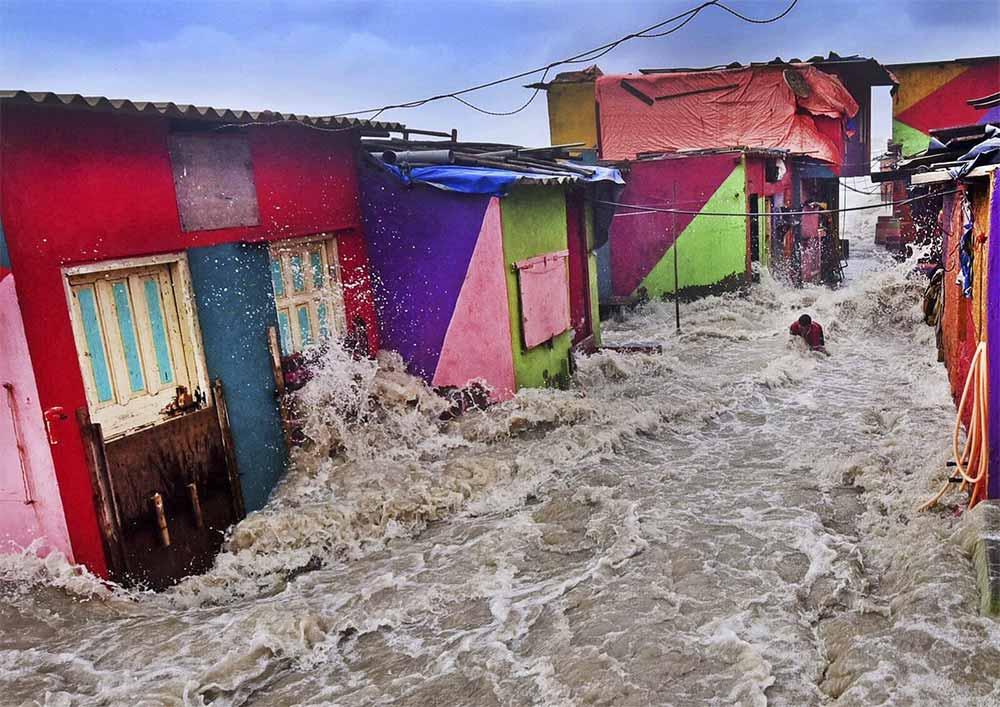
A huge wave lashes at a shanty, throwing a fisherman out of his home in Bandra, Mumbai, India. He is pulled in by the strong currents but was rescued by fellow fishermen before the sea could swallow him. Mumbai is at risk of coastal flooding, a fallout of climate change. The city’s land and sea temperatures have been rising, causing an corresponding impact on the sea level. Photograph: SL Shanth Kumar/2019 CIWEM Environmental Photographer of the Year
Heart of the Ocean

"As fish stocks decrease, fishing methods become increasingly extreme. Destructive fishing with small-hole nets devastate the marine environment." Photograph: Tran Tuan Viet/2019 CIWEM Environmental Photographer of the Year
Invisible

In the Sisdol landfill in Nepal, wastepickers rummage through rubbish all day looking for materials or valuables to sell. This temporary landfill located near Kathmandu has been in operation since 2005. Today it is running out of capacity. Photograph: Valerie Leonard/2019 CIWEM Environmental Photographer of the Year
No comments:
Post a Comment